The greatest achievement of Fra Angelico was to merge the viewer into scenes of religious narrative, bringing normal life and the sacred together
Fra Angelico was a devout follower of Christianity but also displayed elements of Humanism in the way in which he considered the individual and would connect the religious themes with the modern man. His commissioned pieces would typically require certain themes that others have also covered during the Renaissance, such as The Last Judgement, The Annunciation plus many more events in the life of Jesus Christ.
Much of his early work would be decorating convents with fresco work that would help to build his reputation within Florentine circles. His polite, dignified character would also prove valuable as he began to forge strong connections to the elite in this flourishing Papal State.
As a Dominican friar, the artist would never lose his connection to God, eventually returning to work in a convent late in his lifetime. Perhaps his faith helped in producing such emotive scenes, though clearly an extraordinary level of technical proficiency was also key. Whilst many of his paintings have been lost over the centuries that have passed since his career took hold, there are still plenty of stunning examples of his work still in existence, some of which have been well preserved.
The artist would find that in producing work for convents he would be less constrained by overly involved donors and could freely choose his preferred medium and composition. The setting would also be much more personal and this environment appears to have helped him to produce some of his best work during this time.
His work within the convent would inevitably be calming as anything else would be completely unsuitable. Perhaps his work here would help him to develop a relatively subtle style. The paintings added here were not meant to distract from the primary purpose of this location, namely providing a respectful and spiritual experience to likeminded followers. The life of Christ is depicted by this Italian painter through his series of paintings that capture different events in Jesus' life and their inclusion in the convent helps to remind the worshippers of his many sacrifices.
Masaccio also dominated during the period of Fra Angelico and the two artists left a highly significant impression on European art, just as Giotto had done earlier. It was their use of space and perspective which differed so much from the earlier styles of the medieval periods. These artists would use more of a mathematical approach to laying out their compositions, where previously the method has been a little less accurate.
Masaccio unfortuante death at a young age opened the door for Fra Angelico to stand out as the artist of choice for most significant commissions from that point onwards. His client list would quickly expand over the next decade, taking in a wider variety of donors than just those connected to his work as a friar as was previously the case. He was not someone to be boastful or arrogant, and would simply let his work do the talking.
Fra Angelico would differ from the classically gothic style of Gentile da Fabriano by incorporating a much more natural look to his portraits. The way in which clothing would hang from his figures was also more realistic. Finally, the three-dimension look of his work was also a progression onwards from the earlier Gothic approach. That is not say that he did not make use of Gothic techniques too, though.



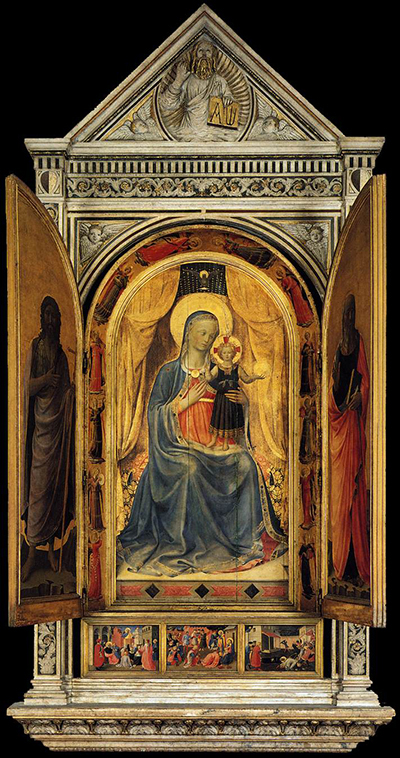
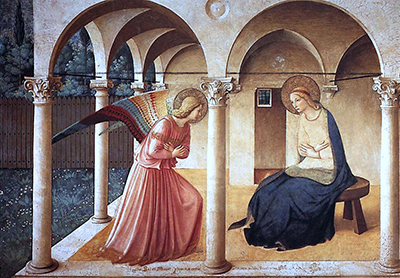
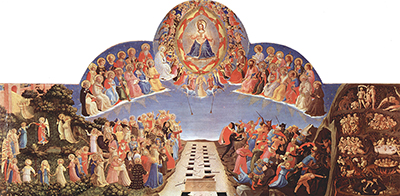
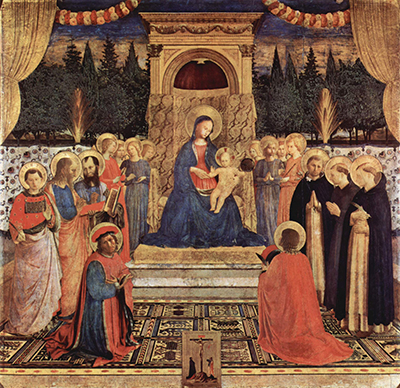
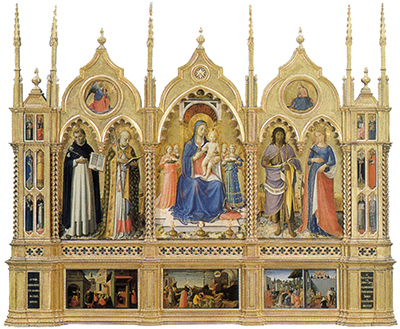
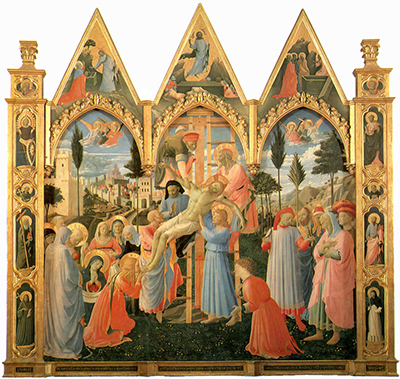
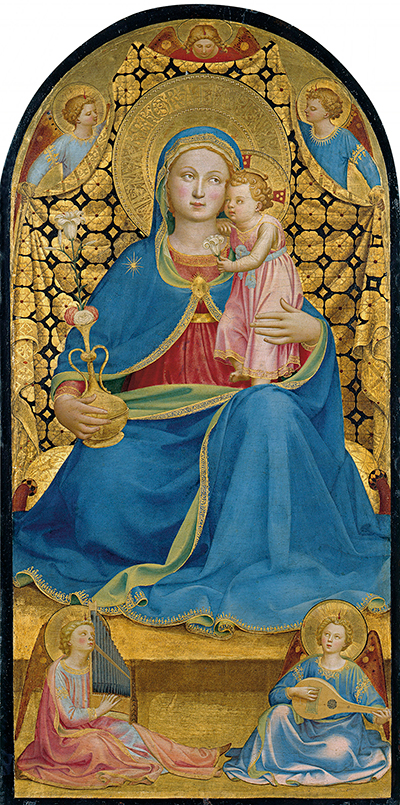
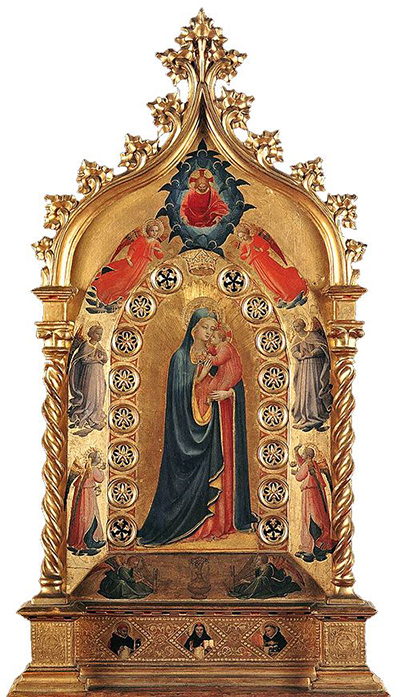
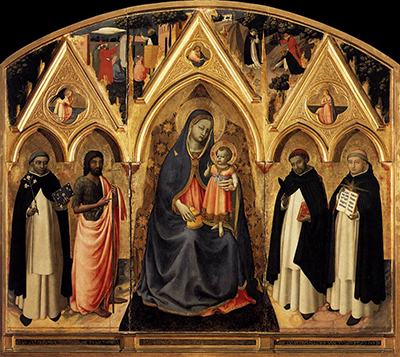
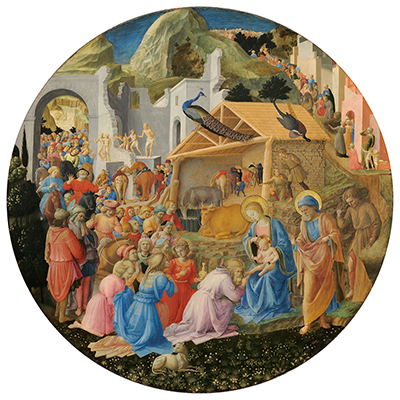
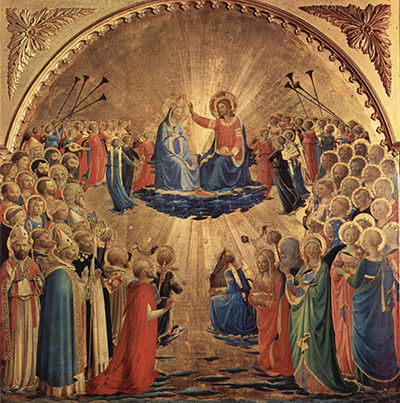
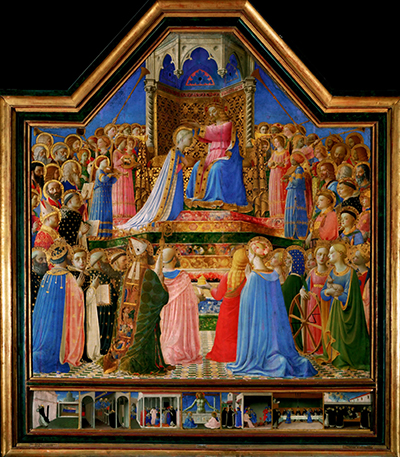
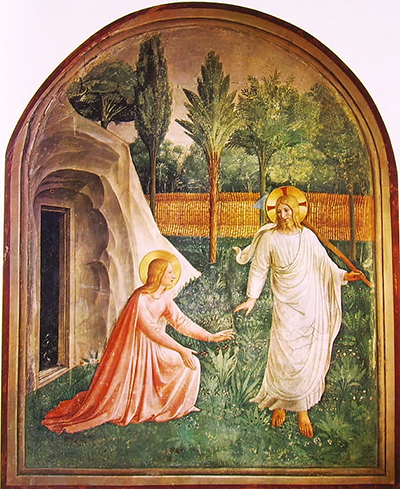
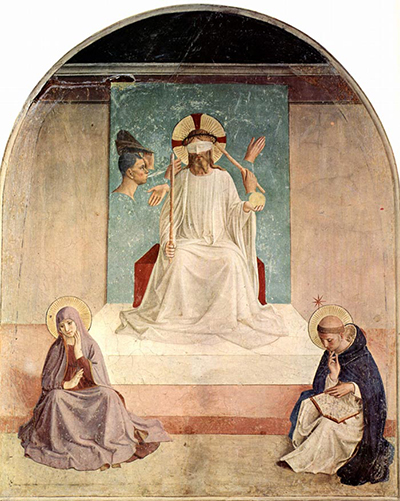
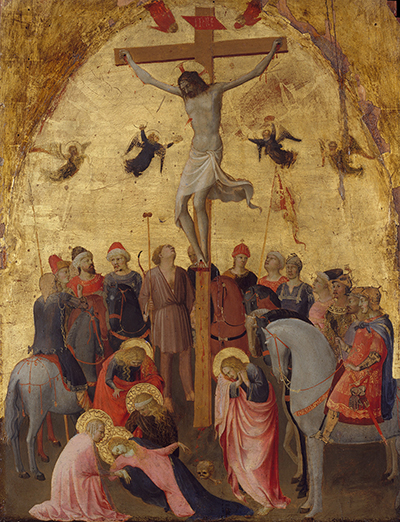
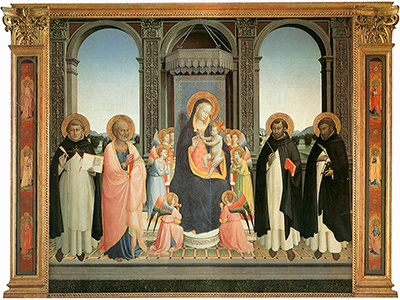
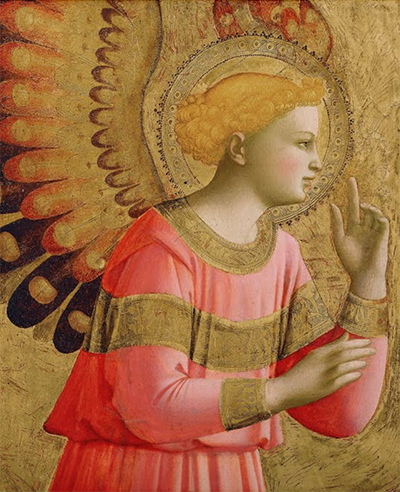
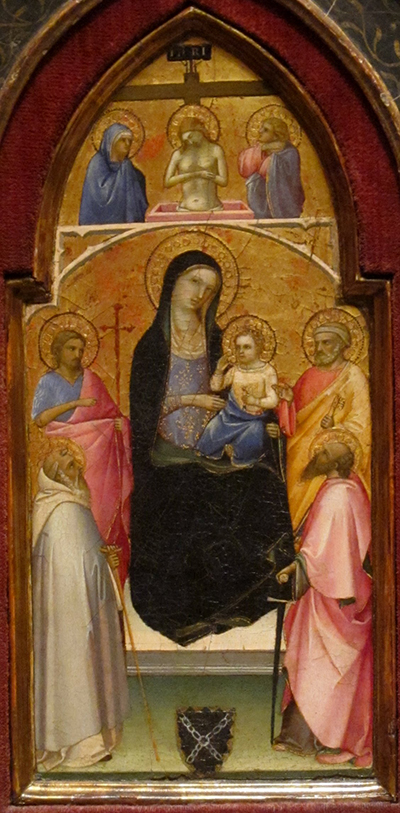
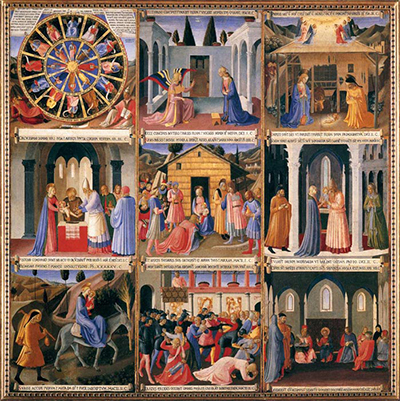
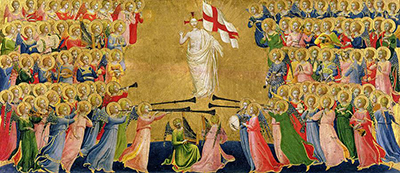
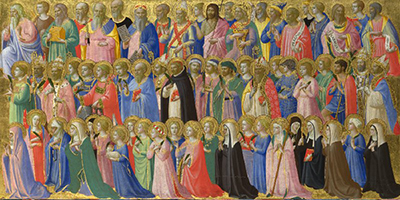
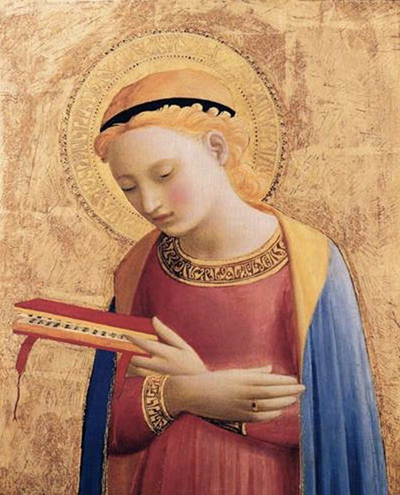
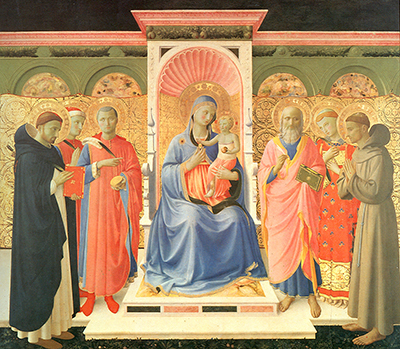
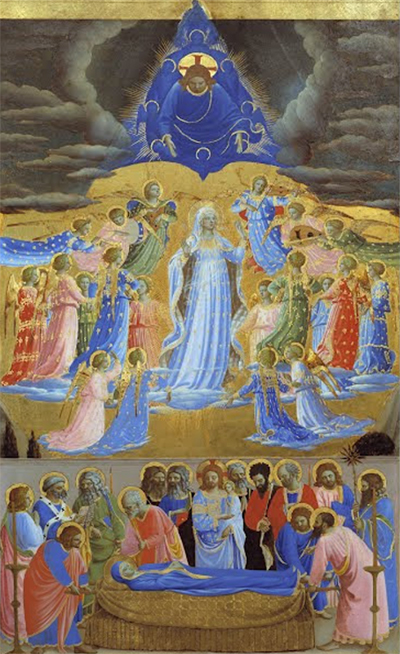
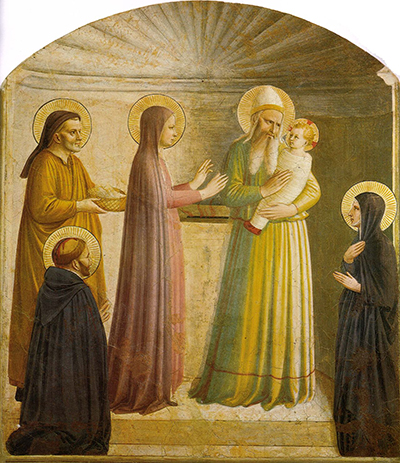
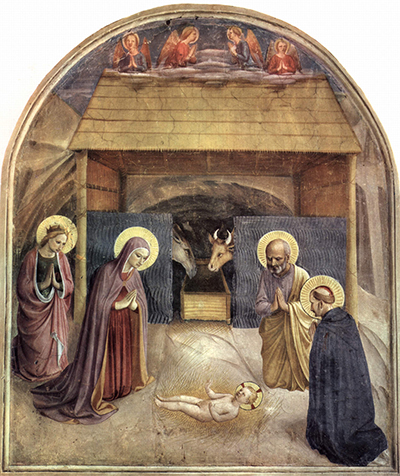
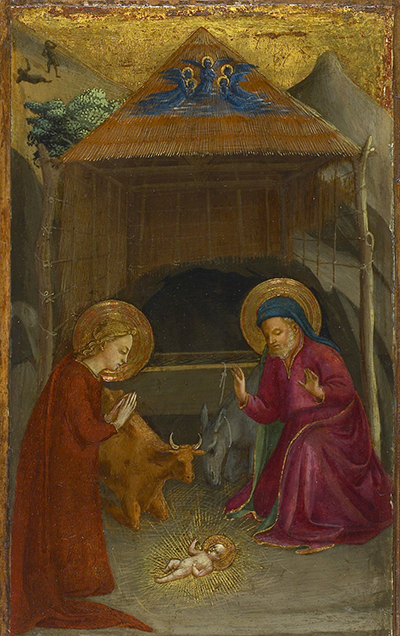
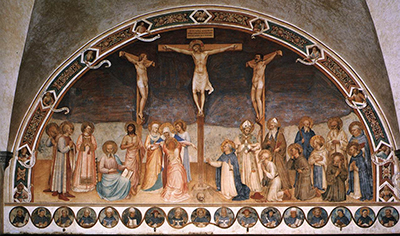
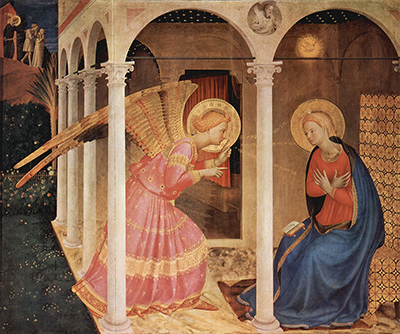
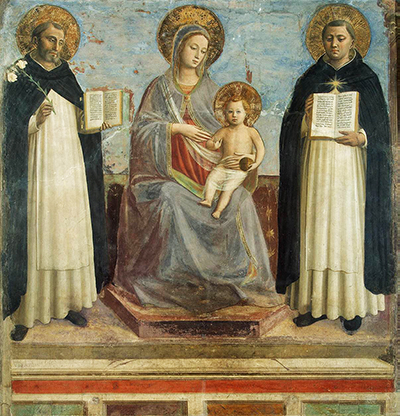
 Fra Angelico.jpg)
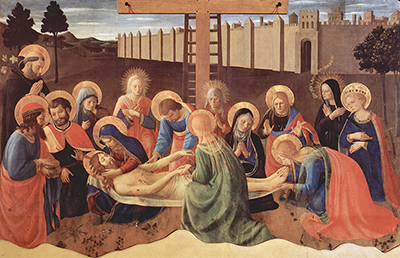
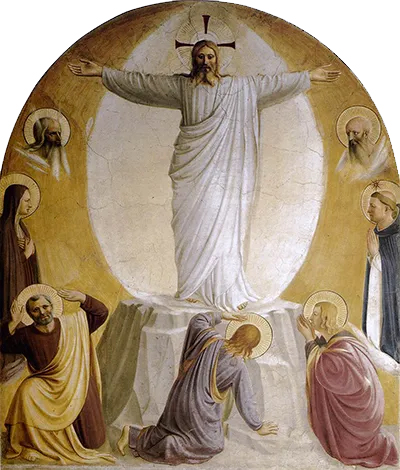
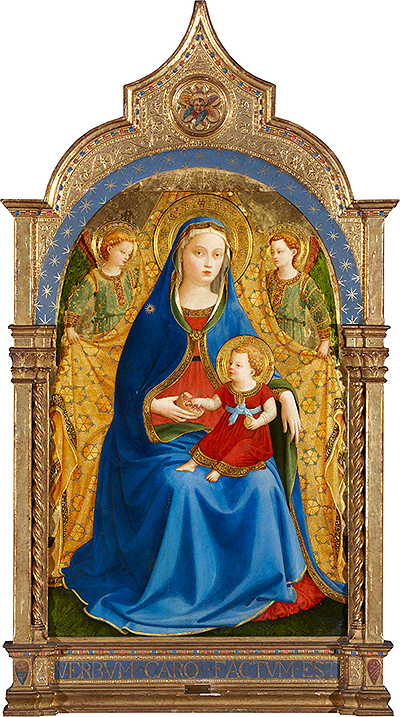
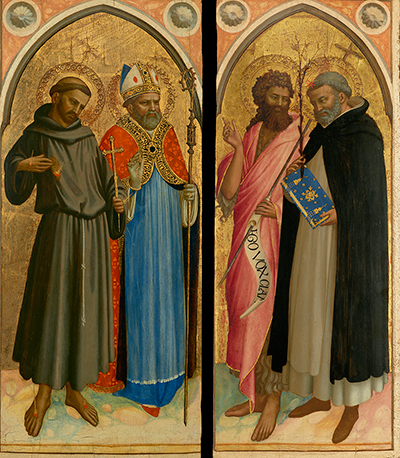
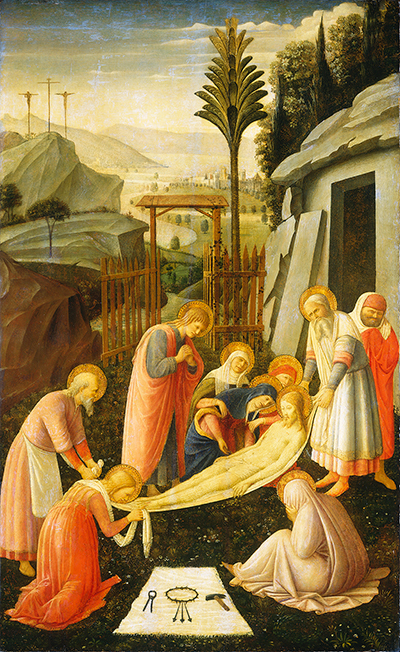
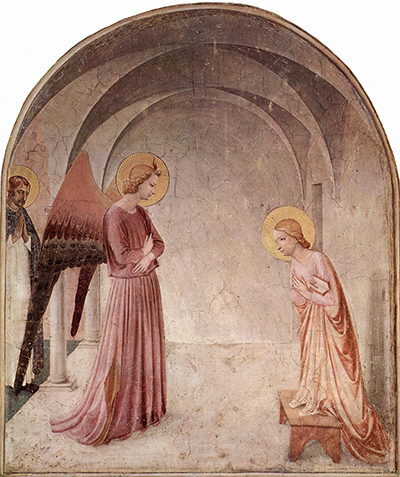
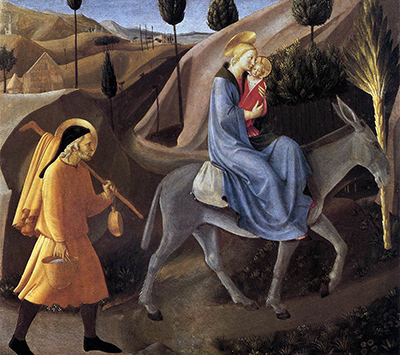
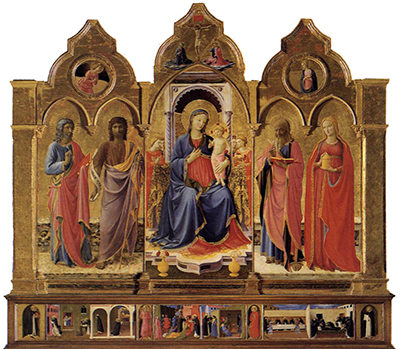
 Fra Angelico.jpg)
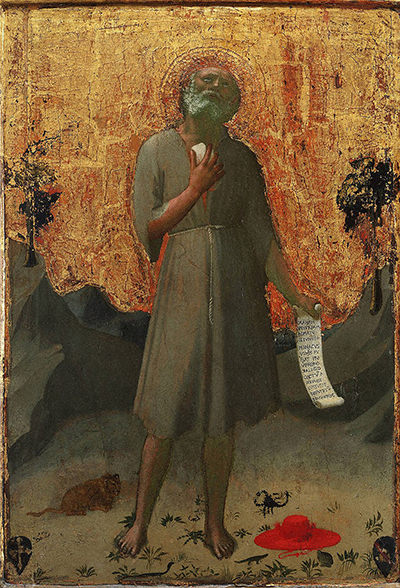
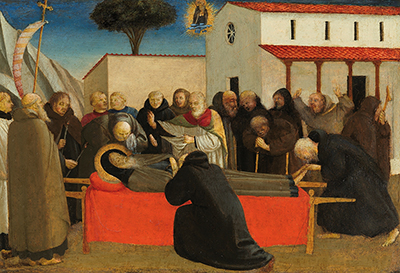
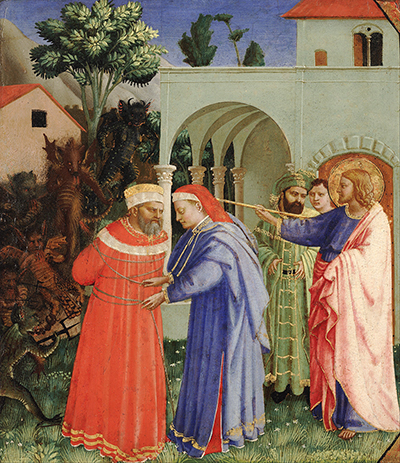
 Fra Angelico.jpg)
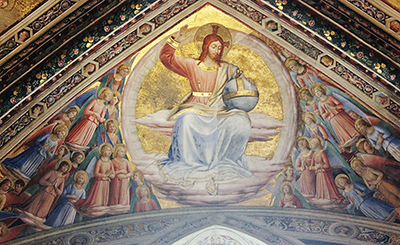
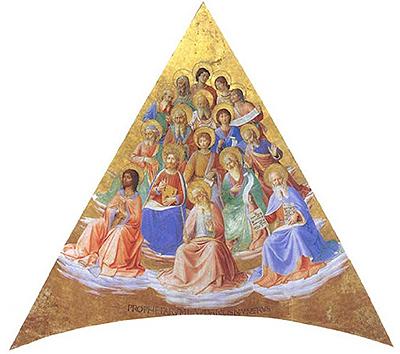
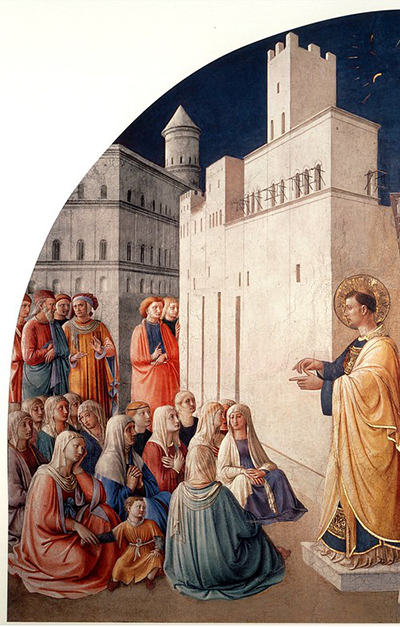
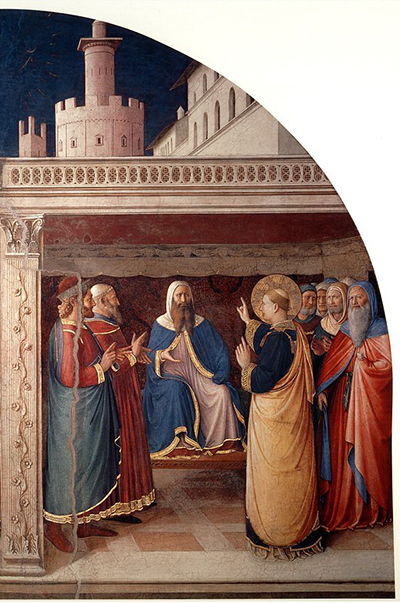
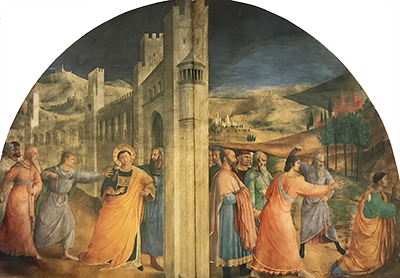
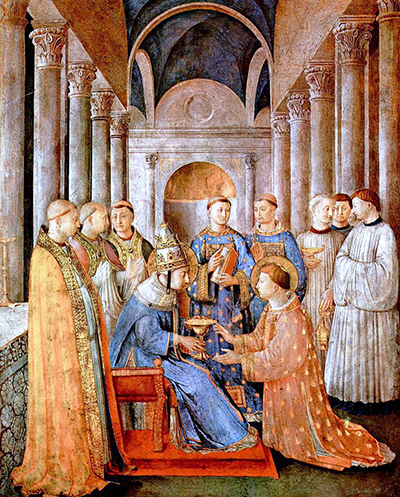
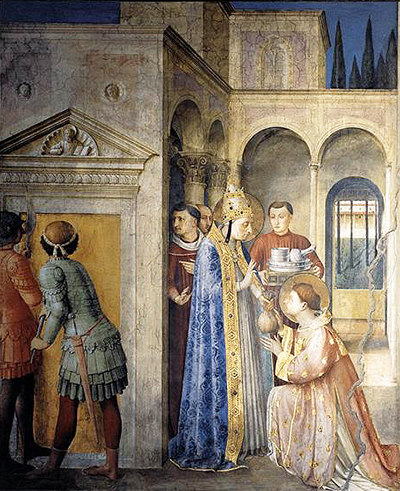
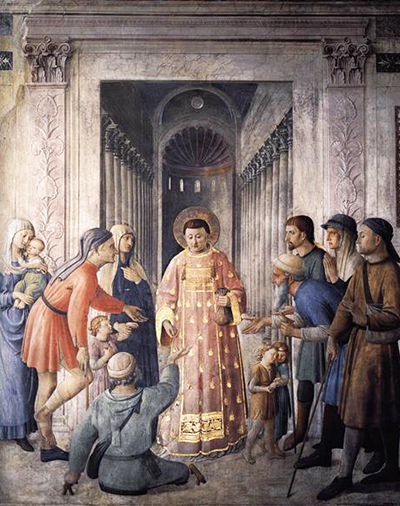
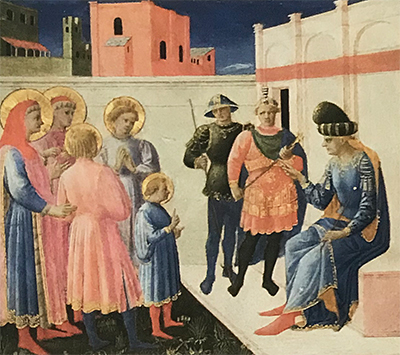
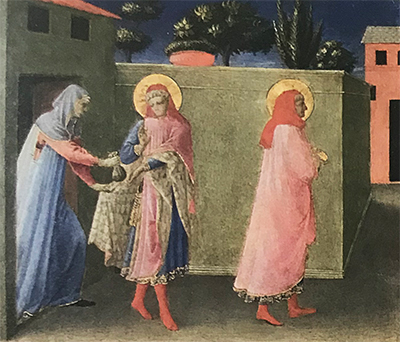
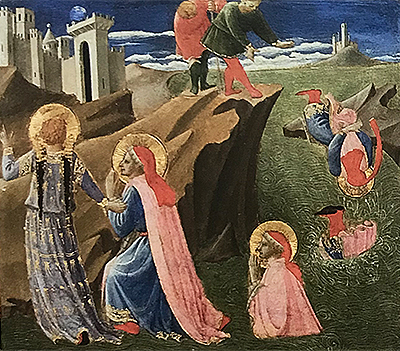
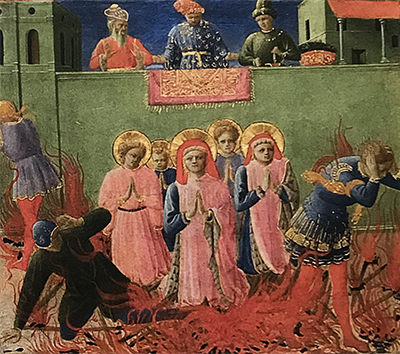
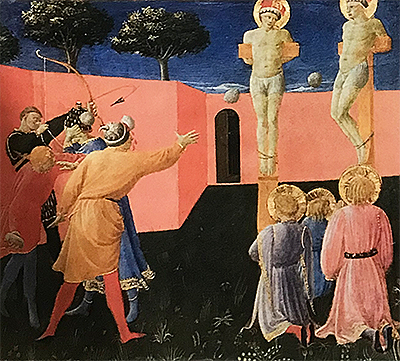
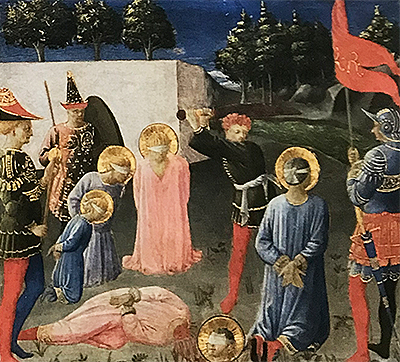
 Fra Angelico.jpg)
 Fra Angelico.jpg)
 Fra Angelico.jpg)
 Fra Angelico.jpg)
 Fra Angelico.jpg)
 Fra Angelico.jpg)
